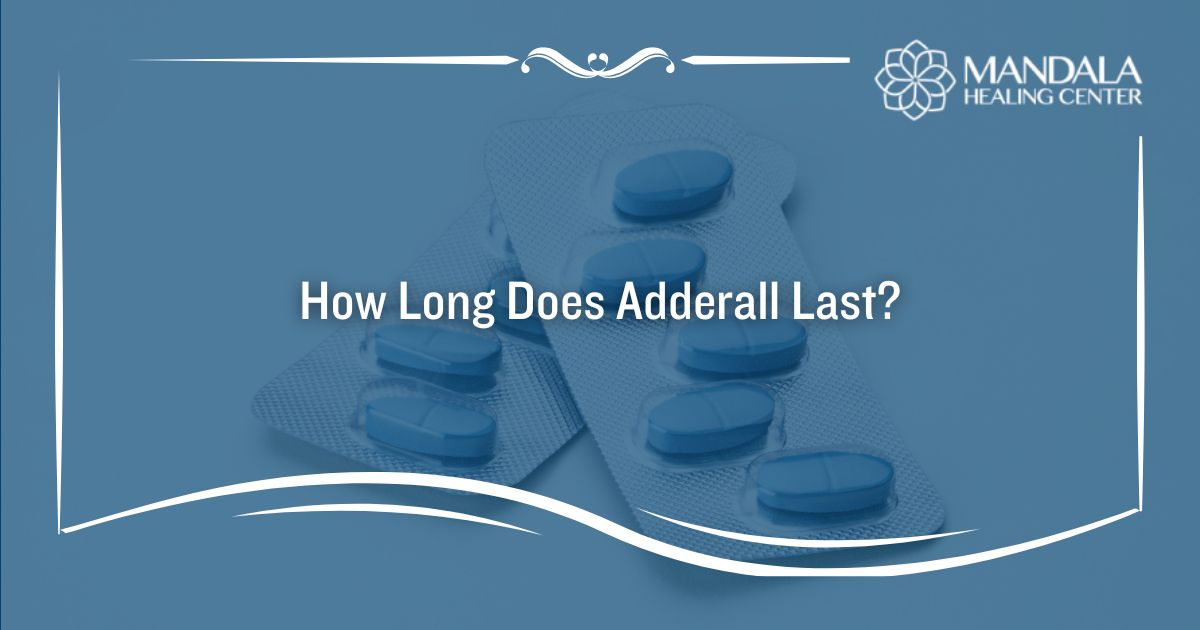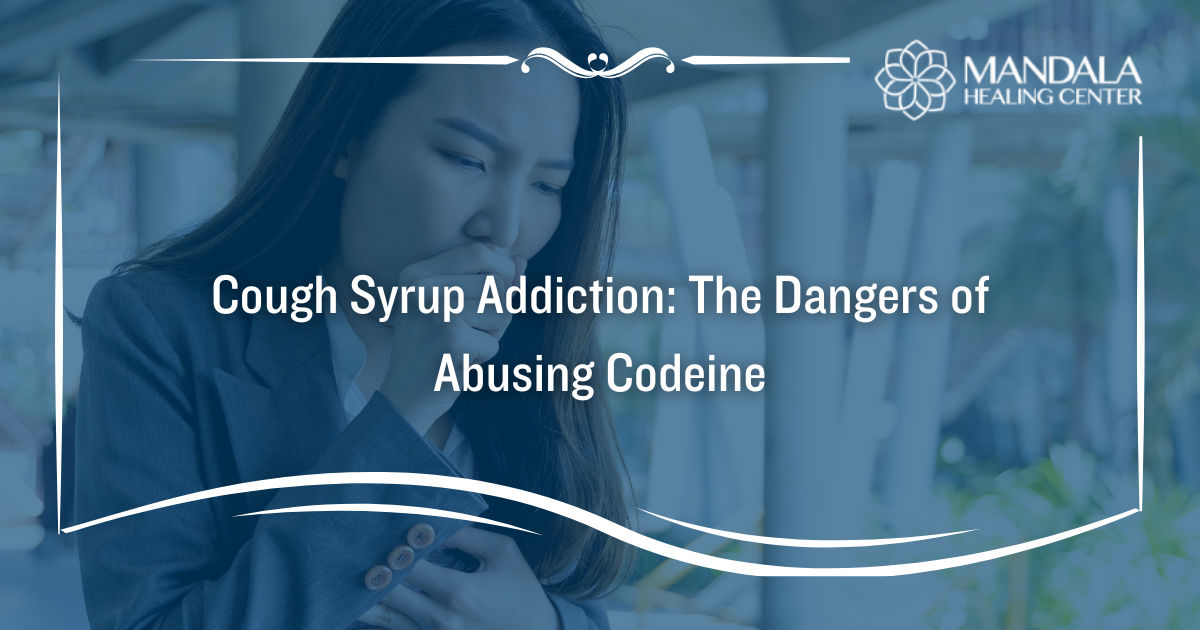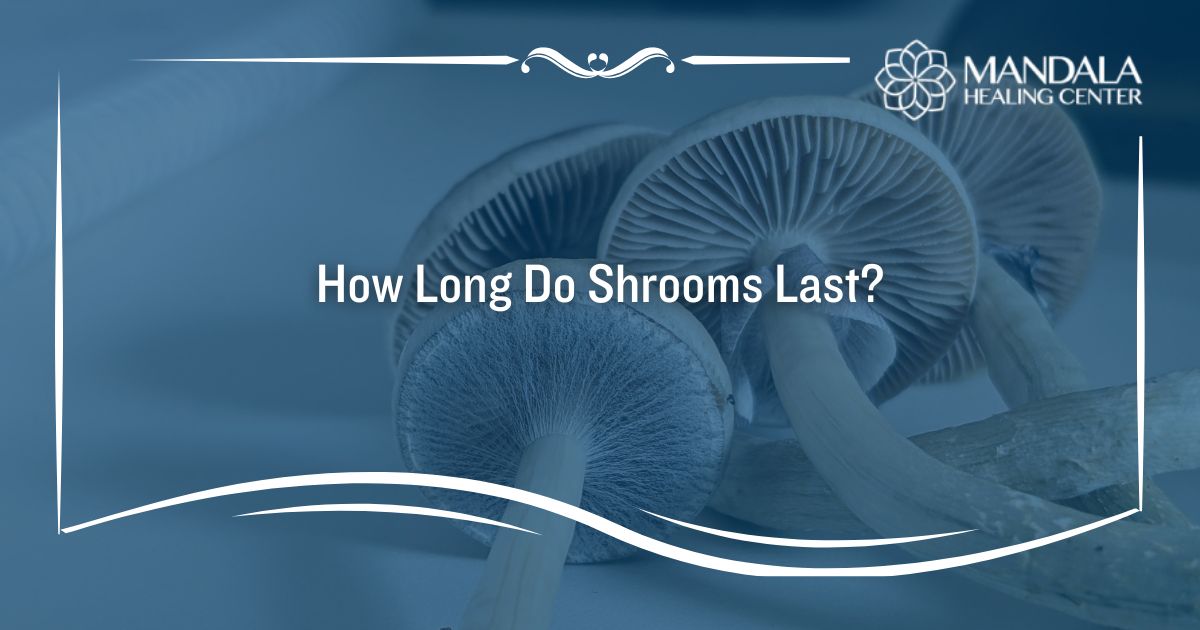Hydromorphone is often prescribed to manage pain. However, like other opioids, it carries a risk of dependence and addiction if misused. In this article, you will learn what to expect during the hydromorphone withdrawal timeline, including what symptoms are common and how long withdrawal lasts.
What is Hydromorphone?
Hydromorphone, sold under brand names such as Dilaudid, is an opioid medication used to relieve moderate to severe pain. It works by binding to opioid receptors in the brain and altering how the body perceives pain.
Due to its potency and highly addictive qualities, hydromorphone is classified as a Schedule II controlled substance in the United States, which means that it has a high potential for abuse and addiction but is also recognized for medical use.
Like any substance abuse disorder, prolonged use of hydromorphone can lead the body to become physically dependent on the drug and require it to function normally or remain in balance, resulting in life-threatening consequences if left untreated.
Hydromorphone Addiction and Abuse
Signs of hydromorphone addiction may include:
- Increased tolerance
- Withdrawal symptoms
- Increased use despite negative consequences
- Cravings
- Social isolation
- Neglecting responsibilities
- Mood swings
- Anxiety
- Depression
- Irritability
Side Effects of Hydromorphone Use
Hydromorphone, like other opioid medications, has various side effects, ranging from mild to severe. Side effects also depend on individual factors, including amount and duration of use, health status, and concurrent medication or substance use. The most common side effects of hydromorphone use include:
- Drowsiness
- Dizziness
- Nausea and vomiting
- Constipation
- Itching
- Sweating
- Dry Mouth
- Breathing Problems
- Low blood pressure
Hydromorphone Withdrawal Timeline
The hydromorphone or Dilaudid withdrawal timeline will vary for each individual. Factors that affect the duration of withdrawal include duration of use, dosage, and individual health factors such as metabolism, kidney function, and age. However, a general timeline may look something like this:
Early Symptoms
Initial withdrawal symptoms typically begin anywhere between 6 to 12 hours after an individual stops taking hydromorphone. Early symptoms include anxiety, agitation, restlessness, sweating, and muscle aches.
Peak Symptoms
Withdrawal symptoms typically peak within 1 to 3 days after discontinuation of the drug. During this time, individuals typically experience intense cravings, nausea, vomiting, diarrhea, and flu-like symptoms.
Subacute Symptoms
As the withdrawal process continues, symptoms begin to subside 1 week after the last dose of hydromorphone, with individuals continuing to experience lingering discomfort, fatigue, irritability, and mood swings.
Post-Acute Withdrawal Syndrome (PAWS)
In rare cases, individuals may experience prolonged withdrawal symptoms weeks to months after the last dose of hydromorphone, known as post-acute withdrawal syndrome (PAWS). Symptoms of PAWS may include persistent anxiety, depression, sleep disturbances, and difficulty concentrating.
Common Symptoms of Hydromorphone Withdrawal
Hydromorphone or Dilaudid withdrawal symptoms can range from mild to severe. However, due to the potency of hydromorphone, its withdrawal symptoms tend to be more severe than other opioids. Symptoms of opioid withdrawal may present in both physical and psychological forms, including:
Physical Symptoms
- Muscle aches
- Joint pain
- Sweating
- Chills and goosebumps
- Yawning and drowsiness
- Dilated pupils
- Nausea, vomiting, and diarrhea
- Flu-like symptoms
Psychological Symptoms
- Anxiety
- Agitation
- Restlessness
- Mood swings
- Depression
- Insomnia
- Difficulty concentrating
- Intense cravings
Hydromorphone Treatment Programs
Effective management of hydromorphone withdrawal involves a combination of medical care, holistic practices, and behavioral therapies. Individuals withdrawing from hydromorphone may undergo common treatments such as:
Medical Detox
Medically supervised detox programs allow individuals to safely withdraw from hydromorphone in a safe and supportive environment. Pain medicine may be administered to alleviate withdrawal symptoms and minimize pain. Additionally, regular assessments and check-ins allow the team to monitor each individual and make adjustments to the treatment plan as needed.
Medication-Assisted Treatment (MAT)
Medication-Assisted Treatment or MAT incorporates the use of medications such as buprenorphine or methadone to help manage withdrawal symptoms and reduce cravings during detox. These medications can also be used long-term for individuals with opioid use disorder (OUD).
Wellness Support
Supportive care, including hydration, nutrition, rest, and emotional support help individuals recover from the detox process and alleviate the severity of withdrawal symptoms.
Behavioral Therapies
Evidence-based practices such as cognitive-behavioral therapy (CBT), motivational interviewing, and contingency management are beneficial in opioid addiction treatment, as they help the individual uncover the underlying cause of their addiction and learn how to identify triggers to promote long-lasting sobriety.
Counseling
Counseling, therapy, and support groups play a crucial role in addressing the psychological aspects of addiction and promoting long-term recovery. Individual, group, and family therapy teach healthy coping mechanisms and provide encouragement and support for those on the road to recovery.
Aftercare
Developing a comprehensive aftercare plan is essential for individuals completing detox and transitioning to long-term recovery. This includes ongoing therapy, participation in support groups, access to community resources, and continued monitoring by healthcare providers.
Navigating Hydromorphone Withdrawal and Treatment at Mandala Healing Center
Hydromorphone addiction is a long and challenging road, but with the right support and treatment, individuals can successfully navigate their way to recovery. By understanding the withdrawal timeline, recognizing common symptoms, and accessing appropriate treatment options, you can take proactive steps toward reclaiming your health and well-being.
If you or your loved one is struggling with hydromorphone addiction or withdrawal, help is available. Our team at Mandala Healing Center provides comprehensive treatment plans for each individual so they can experience compassionate care and support tailored to their unique needs. To learn more about our opioid addiction treatment options, contact us today.












